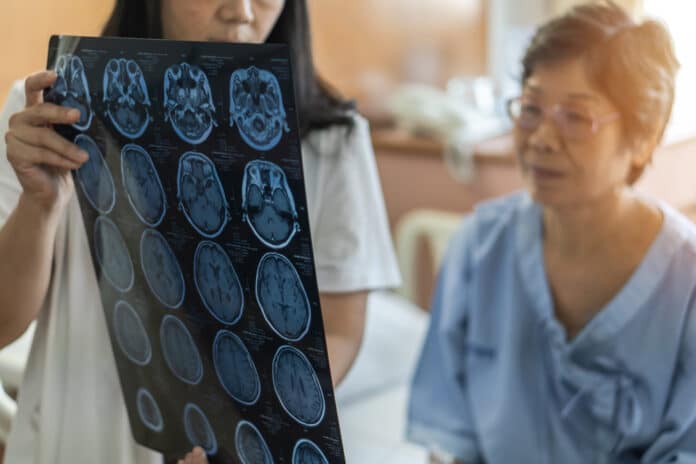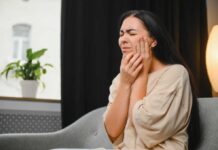
Around 800,000 people in the US have a stroke each year. It is the leading cause of disability and the fifth leading cause of death.
Despite this high rate of occurrence, there are still many myths and misconceptions surrounding what a stroke is, why it happens, and what can be done about it. Here are 5 common myths about strokes and the truth behind them.
Myth #1: A Stroke is the Same as a Heart Attack
Strokes are, in fact, related to your cardiovascular health, and there are similarities between a stroke and a heart attack. They are both severe medical emergencies, but the two conditions have some very important differences.
A heart attack occurs when there is a blockage in the arteries of your heart, which causes a lack of blood and oxygen to reach that organ.
A stroke, on the other hand, occurs when there is a blockage or rupture in one of the arteries leading to your brain. This causes an interruption in the essential flow of blood and oxygen to your brain, leading to a range of severe and life-threatening neurological symptoms.
Heart attacks and strokes share many of the same risk factors, such as:
● High cholesterol
● High blood pressure
● Smoking
● Obesity
● Diabetes
● Physical inactivity
The good news here is that improving your cardiovascular health through healthier eating, regular exercise, and quitting smoking can help reduce your risk of both heart attacks and strokes.
Myth #2: Strokes Only Affect Elderly People
Strokes are more common in older adults, but it is not a condition that only affects the elderly.
Around 15% of ischemic strokes occur in young adults and adolescents, and 38% of strokes occur in people under the age of 65.
While getting older can increase your risk for having a stroke, other risk factors such as hypertension, high cholesterol, and smoking may play a more significant role than age alone.
Myth #3: Strokes Cannot Be Prevented
There are many ways to reduce your risk of having a stroke, including:
● Maintaining a healthy weight
● Eating a balanced diet
● Getting regular physical activity
● Quitting smoking
● Limiting alcohol consumption
● Managing chronic conditions, such as high cholesterol and diabetes
These lifestyle changes can help reduce your risk of having a stroke, but it is also important to get regular check-ups and follow up with your doctor if you experience any risk factors or warning signs of stroke. Your doctor may also prescribe medications or treatments to better manage your risk factors and overall health.
Myth #4: A Stroke Looks Like a Seizure
A stroke is not the same as a seizure. Seizures involve the electrical signals in the brain and can cause jerking convulsions, twitching, or loss of consciousness.
A stroke, however, will not generally manifest with those types of symptoms.
The big warning signs of a stroke are represented by the acronym FAST:
● F – Face drooping
● A – Arm weakness
● S – Speech difficulty
● T – Time to call 911
If you or someone around you is experiencing any of these symptoms, call 911 immediately. A stroke is a medical emergency and needs to be dealt with as soon as possible.
Other possible symptoms of a stroke include:
● Numbness
● Confusion
● Visual impairments
● Dizziness, loss of balance or coordination, or difficulty walking
● Severe headache
Some strokes can also present without any apparent symptoms and are only noticed when scar tissue is found during an MRI scan sometime in the future. These silent strokes are still very serious and can lead to long-term neurological damage.
Myth #5: Recovery After a Stroke is not Possible
Although recovery from a stroke can be difficult and slow, it is often possible to recover some or all of your lost abilities.
It is important to start rehabilitation as soon as possible to give your brain the best chance of recovery. The first few days and weeks after a stroke are the most important for recovery, and activities such as physical therapy, occupational therapy, and speech therapy can help you regain cognitive, physical, and emotional skills.
It is also important to understand that your risk of having another stroke is higher than it was before your first stroke. Your healthcare team will be able to help guide you on lifestyle changes that can help reduce your risk and give you the best chance of making a full recovery.


















